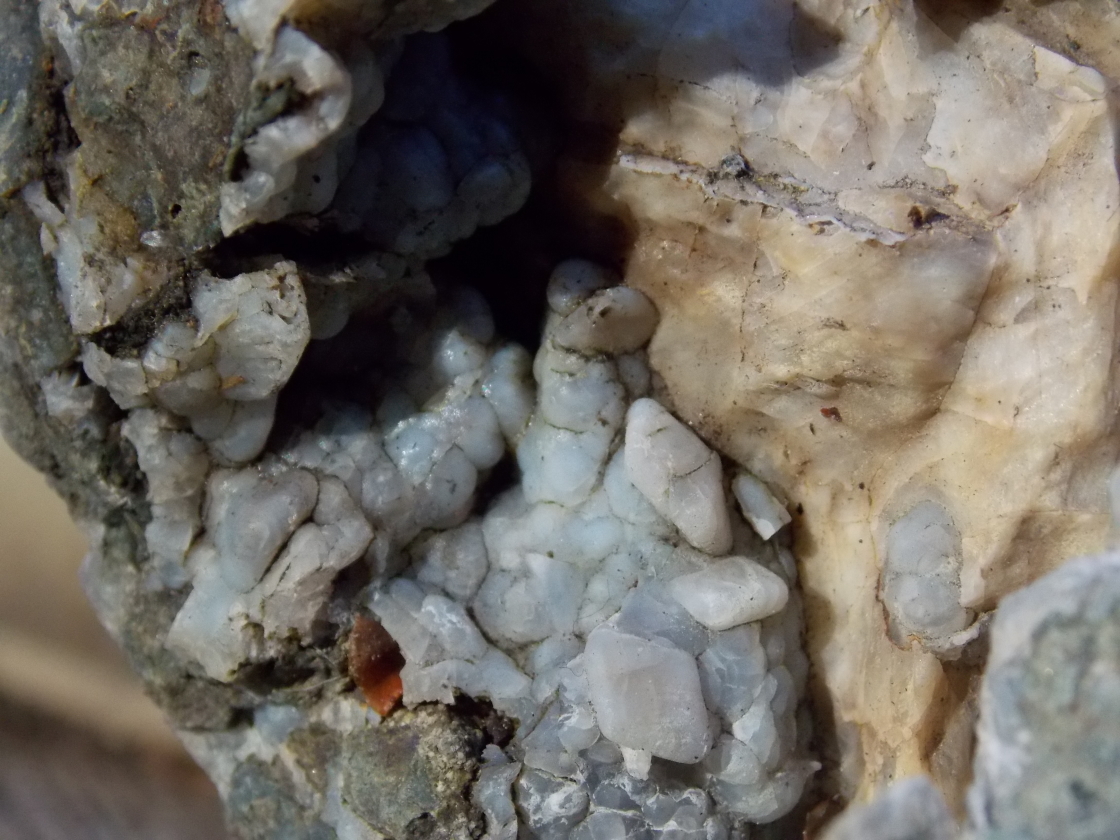Home PageAbout MindatThe Mindat ManualHistory of MindatCopyright StatusWho We AreContact UsAdvertise on Mindat
Donate to MindatCorporate SponsorshipSponsor a PageSponsored PagesMindat AdvertisersAdvertise on Mindat
Learning CenterWhat is a mineral?The most common minerals on earthInformation for EducatorsMindat ArticlesThe ElementsThe Rock H. Currier Digital LibraryGeologic Time
Minerals by PropertiesMinerals by ChemistryAdvanced Locality SearchRandom MineralRandom LocalitySearch by minIDLocalities Near MeSearch ArticlesSearch GlossaryMore Search Options
The Mindat ManualAdd a New PhotoRate PhotosLocality Edit ReportCoordinate Completion ReportAdd Glossary Item
Mining CompaniesStatisticsUsersMineral MuseumsClubs & OrganizationsMineral Shows & EventsThe Mindat DirectoryDevice SettingsThe Mineral Quiz
Photo SearchPhoto GalleriesSearch by ColorNew Photos TodayNew Photos YesterdayMembers' Photo GalleriesPast Photo of the Day GalleryPhotography
╳Discussions
💬 Home🔎 Search📅 LatestGroups
EducationOpen discussion area.Fakes & FraudsOpen discussion area.Field CollectingOpen discussion area.FossilsOpen discussion area.Gems and GemologyOpen discussion area.GeneralOpen discussion area.How to ContributeOpen discussion area.Identity HelpOpen discussion area.Improving Mindat.orgOpen discussion area.LocalitiesOpen discussion area.Lost and Stolen SpecimensOpen discussion area.MarketplaceOpen discussion area.MeteoritesOpen discussion area.Mindat ProductsOpen discussion area.Mineral ExchangesOpen discussion area.Mineral PhotographyOpen discussion area.Mineral ShowsOpen discussion area.Mineralogical ClassificationOpen discussion area.Mineralogy CourseOpen discussion area.MineralsOpen discussion area.Minerals and MuseumsOpen discussion area.PhotosOpen discussion area.Techniques for CollectorsOpen discussion area.The Rock H. Currier Digital LibraryOpen discussion area.UV MineralsOpen discussion area.Recent Images in Discussions
Identity Helpdiamond shaped crystals on chalcedony

3rd Nov 2017 23:17 UTCDaniel Bennett
if im not mistaken the yellowish stuff is calcite and has been dissolving and exposing the crystals. any ideas on what they could be? its from western MT.

4th Nov 2017 00:46 UTCDoug Schonewald

4th Nov 2017 01:40 UTCBob Harman
As an addendum, in my opinion, the diamond shaped areas are all part of the same chalcedony. looking closely at the bluish areas as a whole, suggests other areas closely resembling the diamond shaped areas. CHEERS.....BOB

4th Nov 2017 15:29 UTCEd Clopton 🌟 Expert
4th Nov 2017 16:04 UTCRob Woodside 🌟 Manager

4th Nov 2017 16:04 UTCDaniel Bennett
4th Nov 2017 16:07 UTCRob Woodside 🌟 Manager

4th Nov 2017 16:52 UTCDaniel Bennett

4th Nov 2017 18:59 UTCBob Harman

5th Nov 2017 15:54 UTCDaniel Bennett
.

5th Nov 2017 20:55 UTCEd Clopton 🌟 Expert
Barite also frequently forms diamond-shaped tabular crystals and so might be another candidate for the original mineral.

6th Nov 2017 00:54 UTCDaniel Bennett
6th Nov 2017 16:10 UTCRob Woodside 🌟 Manager
6th Nov 2017 17:25 UTCScott Rider
Opening one of the crystals could reveal what carbonate you have, but if its like mine, then they'll be hollow with no remaining calcite. Perhaps I should label my specimens as chalcedony after carbonate as I cannot prove it was calcite. But one thing I can say is that it was probably some form of carbonate due to the rhombic shape.
6th Nov 2017 19:50 UTCSteve Hardinger 🌟 Expert

14th Nov 2017 18:46 UTCDaniel Bennett
I suppose they must be calcite/carbonate crystals because they are hollow. barite and gypsum wouldn't dissolve away so easily. thanks for the helpful thoughts.




Mindat.org is an outreach project of the Hudson Institute of Mineralogy, a 501(c)(3) not-for-profit organization.
Copyright © mindat.org and the Hudson Institute of Mineralogy 1993-2024, except where stated. Most political location boundaries are © OpenStreetMap contributors. Mindat.org relies on the contributions of thousands of members and supporters. Founded in 2000 by Jolyon Ralph.
Privacy Policy - Terms & Conditions - Contact Us / DMCA issues - Report a bug/vulnerability Current server date and time: April 24, 2024 09:48:11
Copyright © mindat.org and the Hudson Institute of Mineralogy 1993-2024, except where stated. Most political location boundaries are © OpenStreetMap contributors. Mindat.org relies on the contributions of thousands of members and supporters. Founded in 2000 by Jolyon Ralph.
Privacy Policy - Terms & Conditions - Contact Us / DMCA issues - Report a bug/vulnerability Current server date and time: April 24, 2024 09:48:11


















